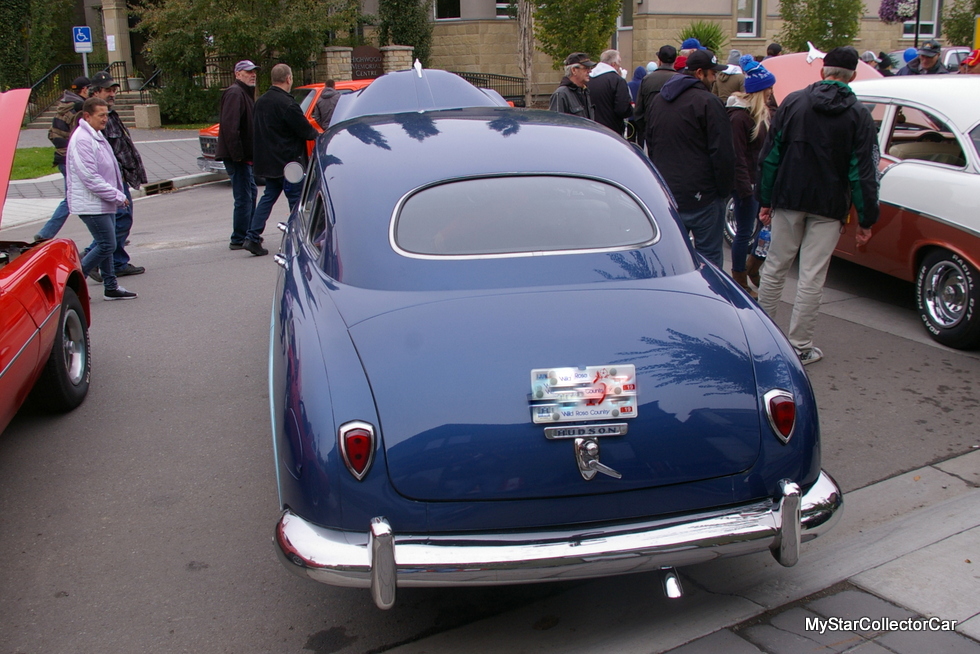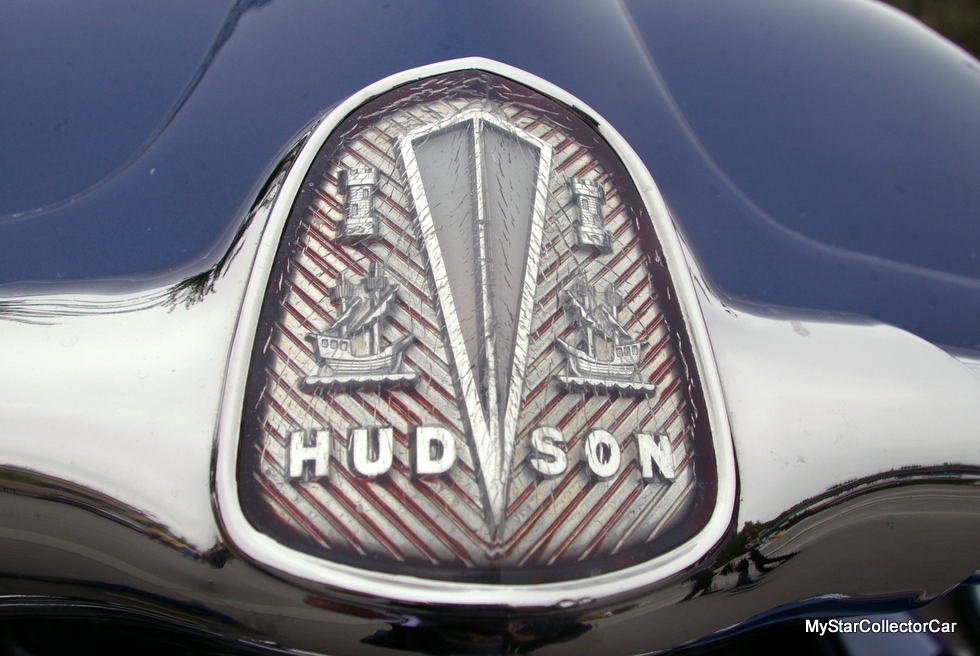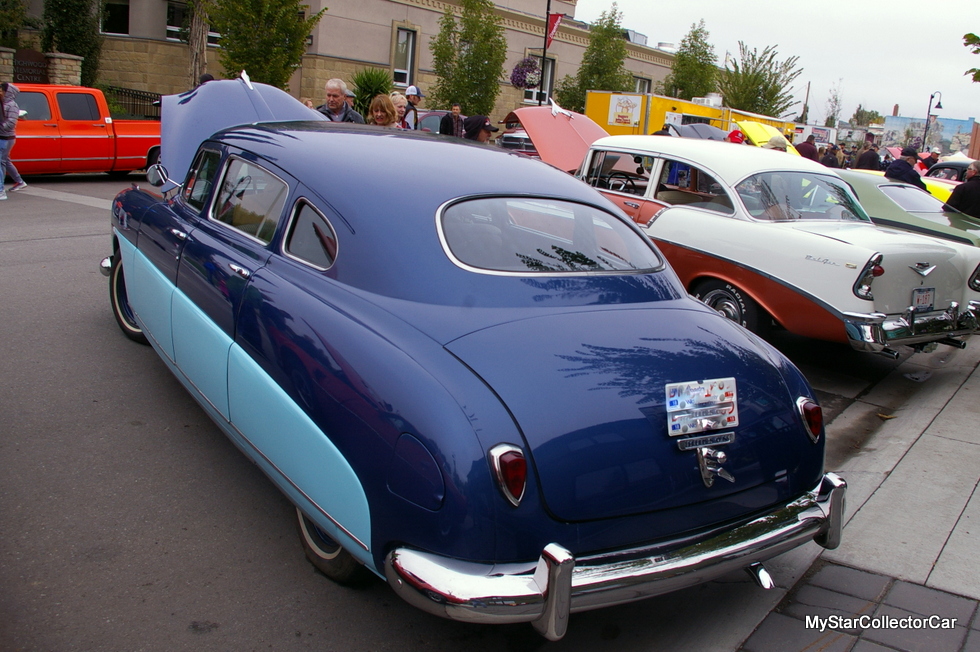1950 was a pivotal year for Hudson because they introduced the smaller Pacemaker model.
Hudson was an innovative company during its long run as an independent automotive manufacturer due to the fact they had to build quality vehicles on a tight budget.
The Hudson Pacemaker was a solid example of the company’s ability to build an innovative car on a budget. For example, the design of the car was ahead of its time in 1950 because it looked like a custom ride before it even hit the road with its new owner.
The Pacemaker’s curves and low stance gave the car a custom appearance right from the factory. The car also had a unique body-on-frame configuration in which the frame rails were outside of the lowered body pans.
The result was a factory form of channeling; a customizing staple in the car hobby that requires major modifications to the vehicle. The Hudson also had a lowered roof line because the factory channeling allowed the company to provide plenty of passenger room in the bargain.
Bruce Holgate co-owns a 1950 Hudson Pacemaker that retains all of its original features after a careful restoration. Bruce and his brother purchased the Hudson about four years ago after they became aware of the car.
The Pacemaker had already undergone a very thorough restoration that brought the car back to its factory roots and Bruce was very impressed with its style.
His brother leans heavily toward classic GM vehicles so Bruce anticipates a future situation where he will become the sole owner of the Pacemaker. He seems to like that idea because Bruce really likes the 69-year-old car.
As mentioned, Hudson was a forward-thinking car company who used innovation as a major component of their sales strategy. One example is the Hudson hood badge that lights up when Bruce puts on the car’s headlights. This feature is a component found on the Pacemaker 500 models.
The car still has its original flathead 232-cubic-inch straight-six engine that delivers 112 horsepower. The Pacemaker has a basic three-on-the-tree manual transmission that will baffle most younger generations because these trannies are extinct in the modern automotive world.
Bruce recalled his own initial experience behind the wheel of his grandfather’s Rambler when he acquired the skill set to drive a three-on-the-tree many years ago.
Bruce is comfortable at about 50-55 mph (80-90 km/h) on the highway with his Hudson. Its unique design means most other drivers are courteous to him and are happy to see the unusual car on the road.
Bruce’s mother always enjoyed excursions in the car because the journeys were a trip down memory lane for her. Bruce recalled an incident when he and his mother took a trip to a small town that was hosting a car show.
The organizers thought Bruce was in town for the show and tried to get him to enter his Hudson. He declined their offer because he and his mother were simply on a short road trip.
The 1950 Hudson Pacemaker provides a unique conversation topic for Bruce-along with plenty of fond memories on the road.
BY: Jim Sutherland
Jim Sutherland is a veteran automotive writer whose work has been published by many major print and online publications. The list includes Calgary Herald, The Truth About Cars, Red Deer Advocate, RPM Magazine, Edmonton Journal, Montreal Gazette, Windsor Star, Vancouver Province, and Post Media Wheels Section.
- CLICK HERE to Like us on Facebook
- CLICK HERE to Follow us on Twitter
- CLICK HERE to Follow us on Pinterest




































































